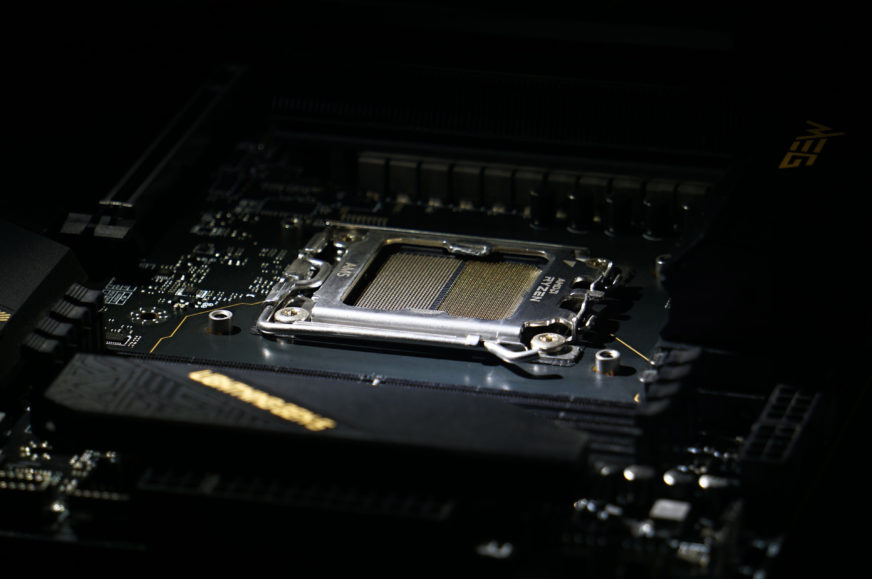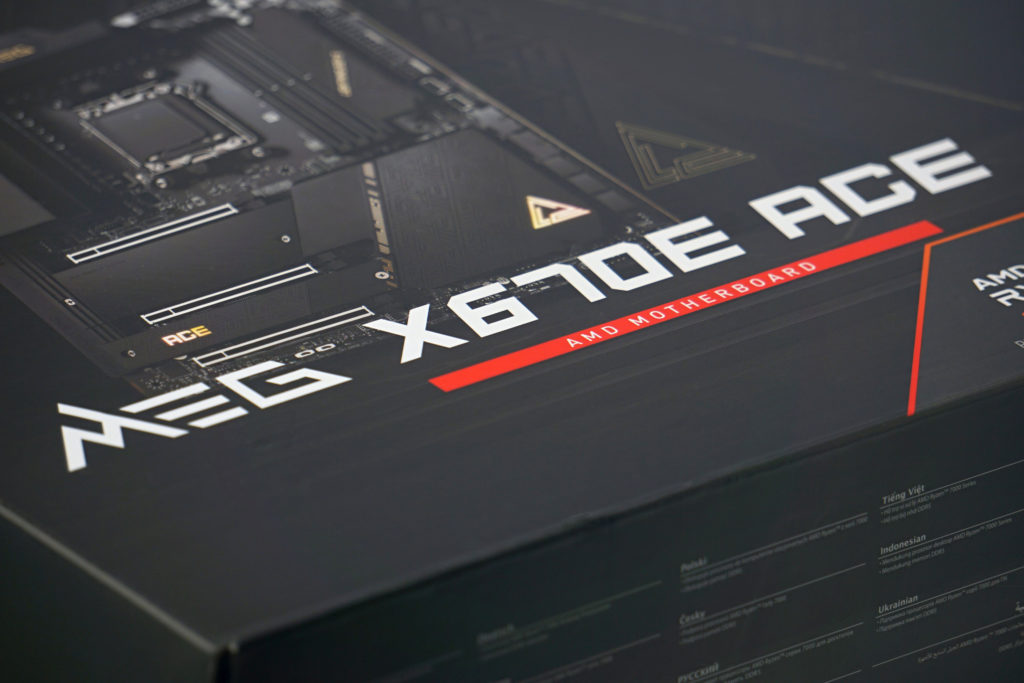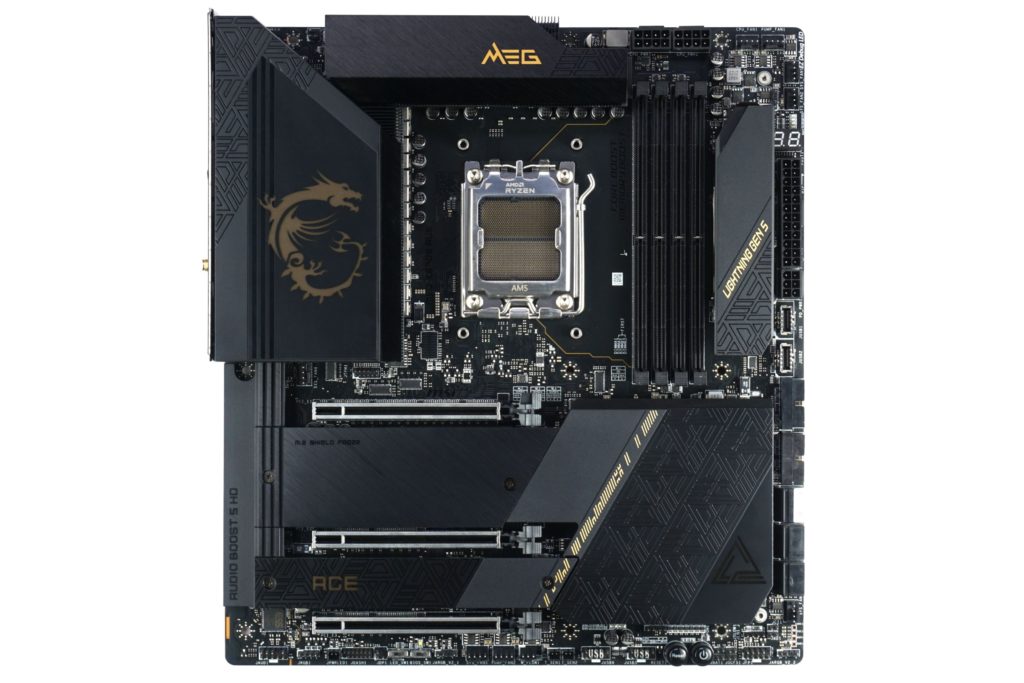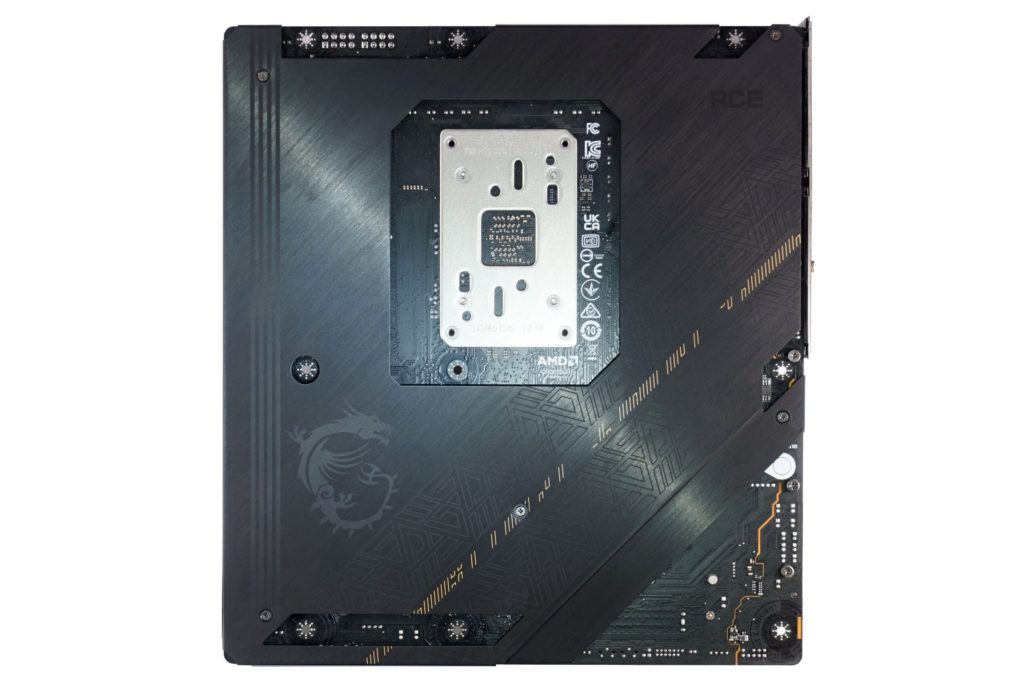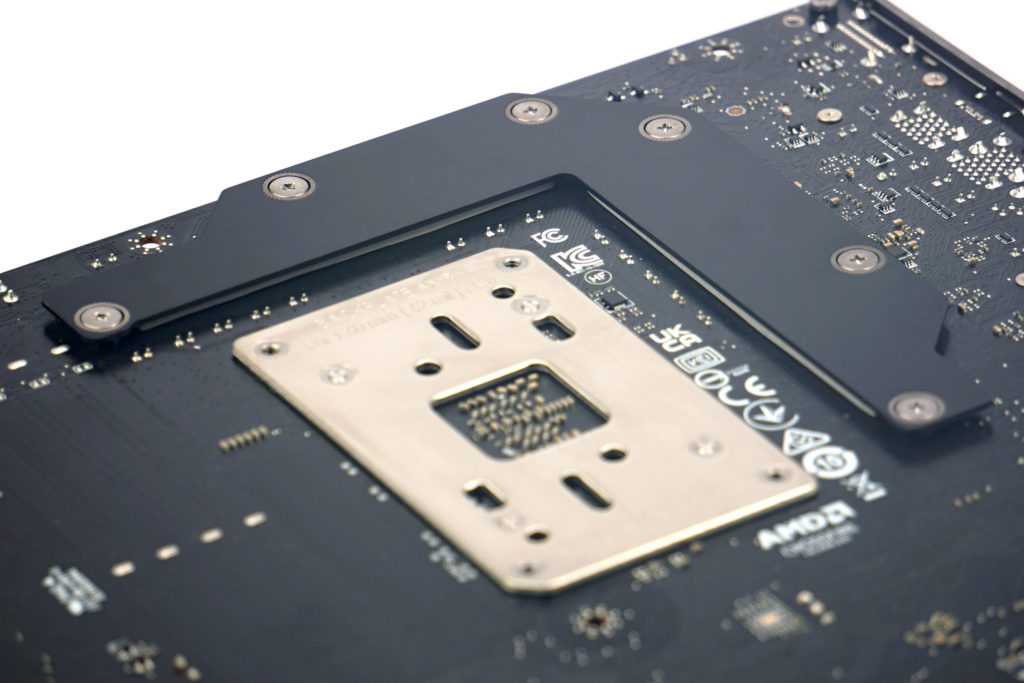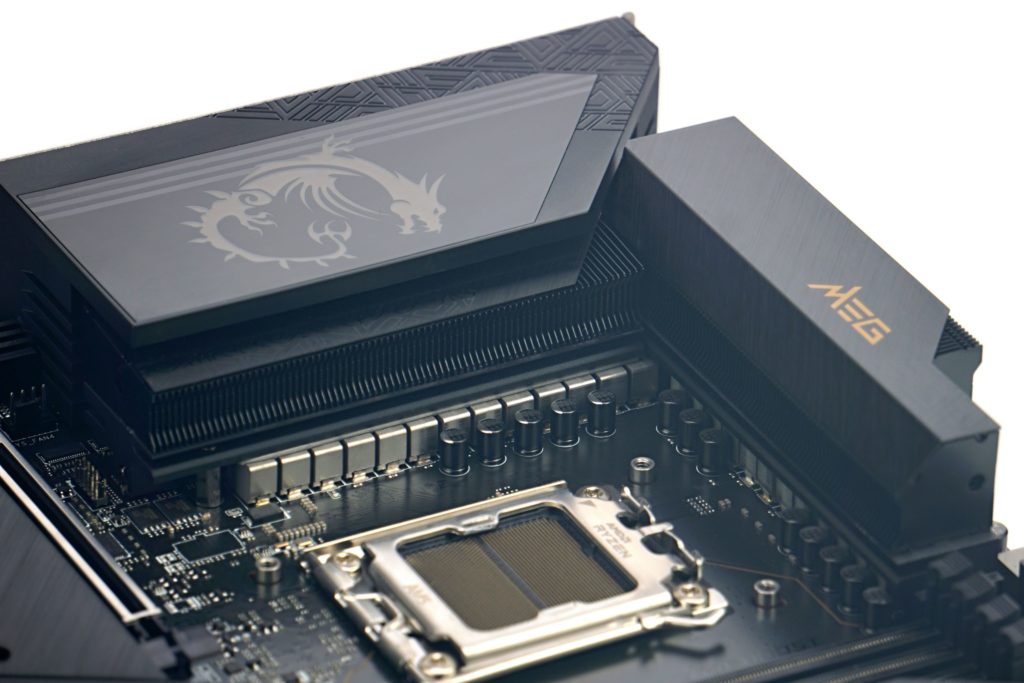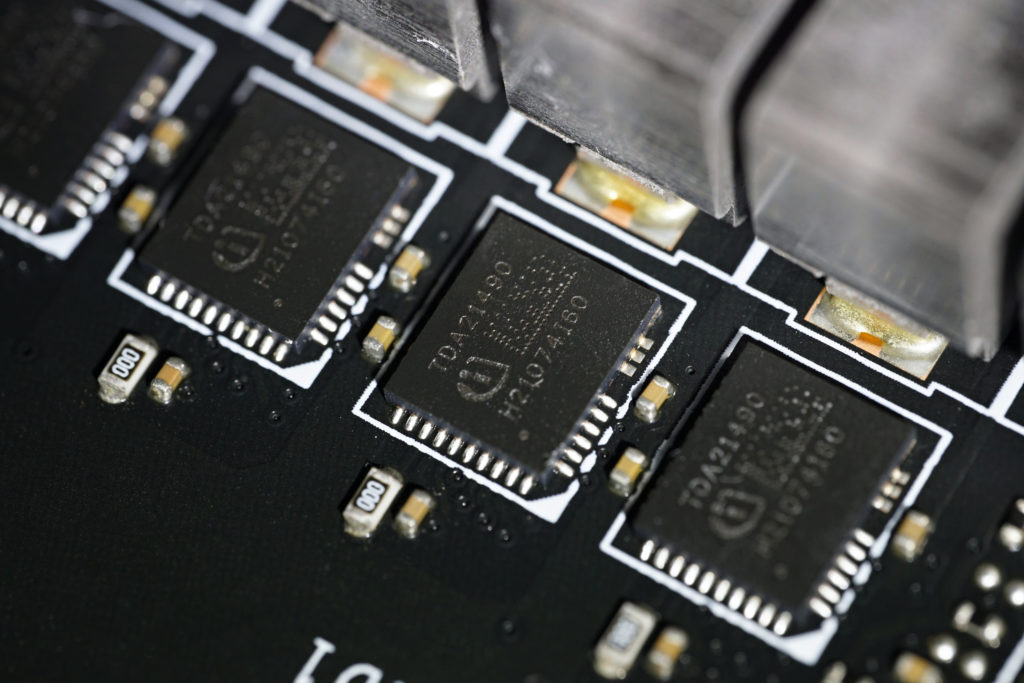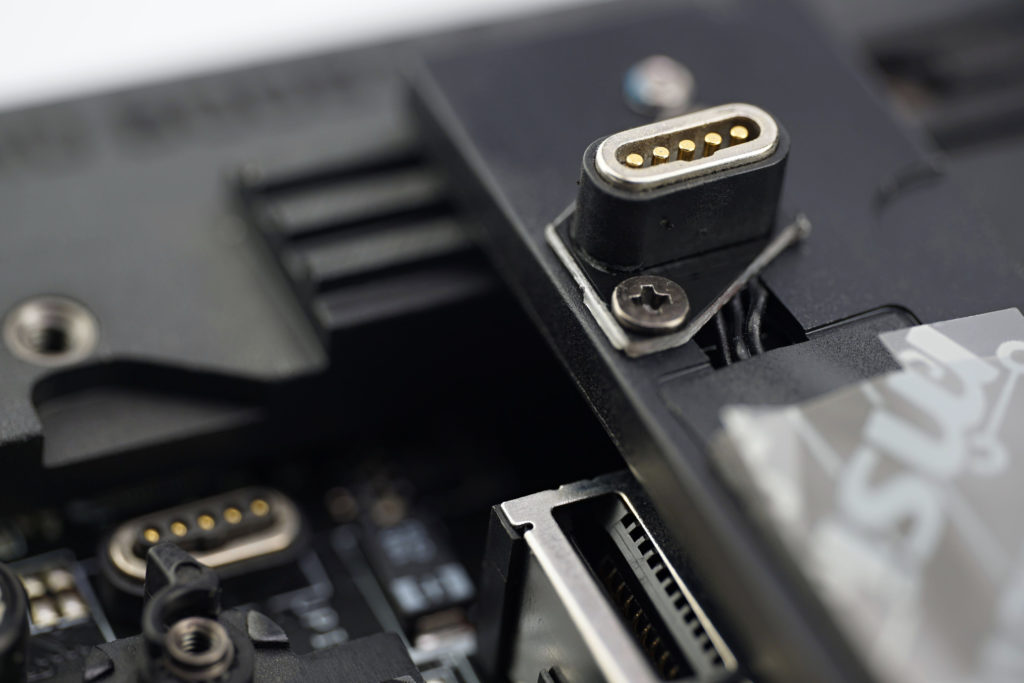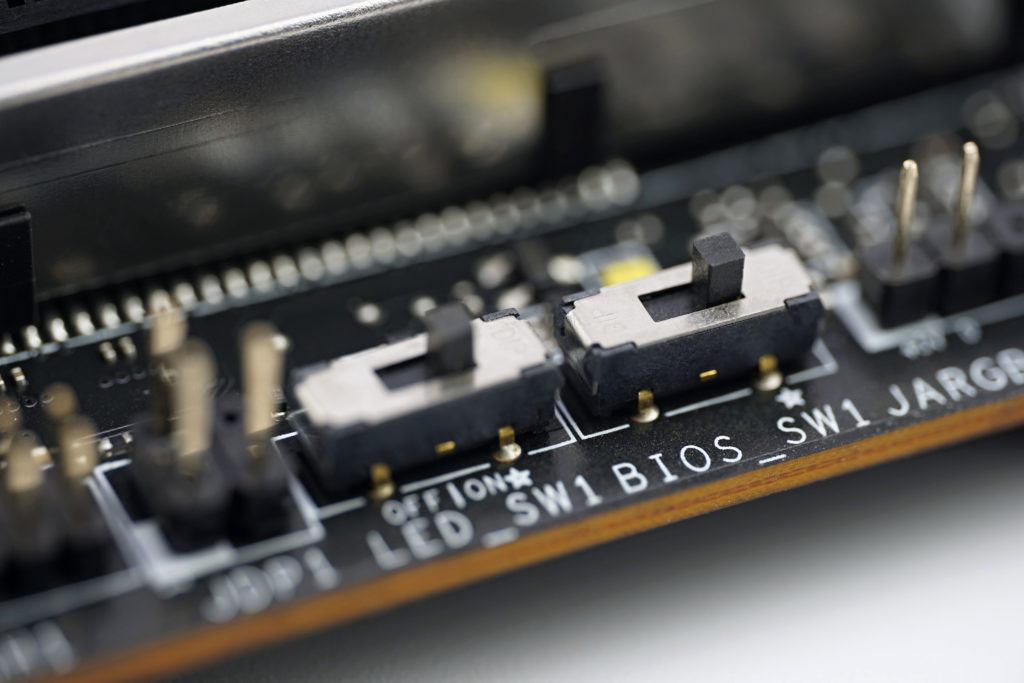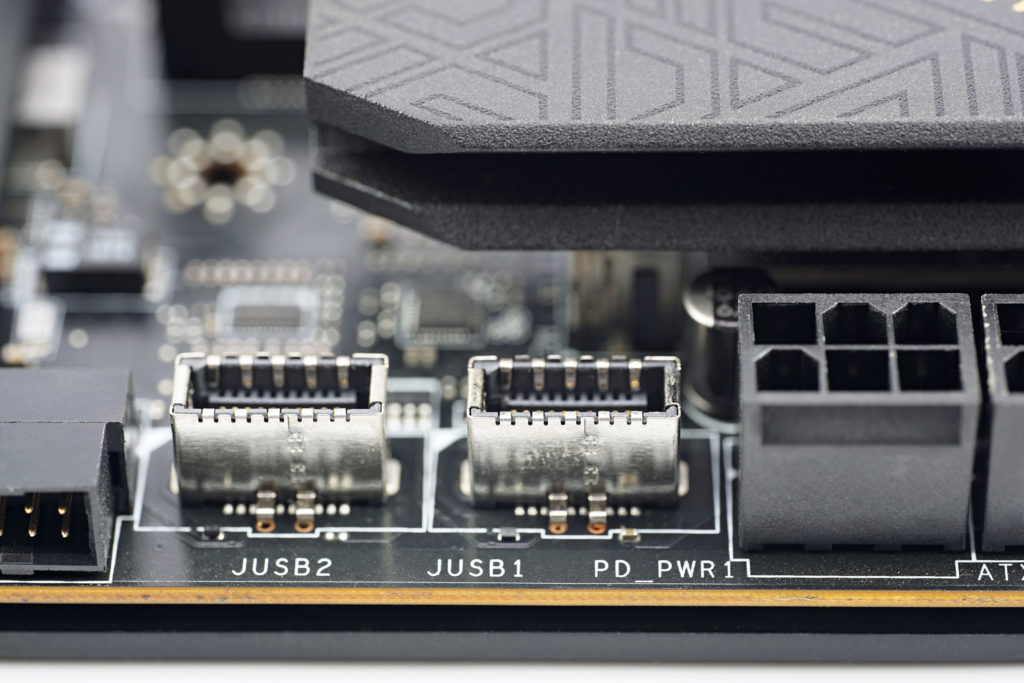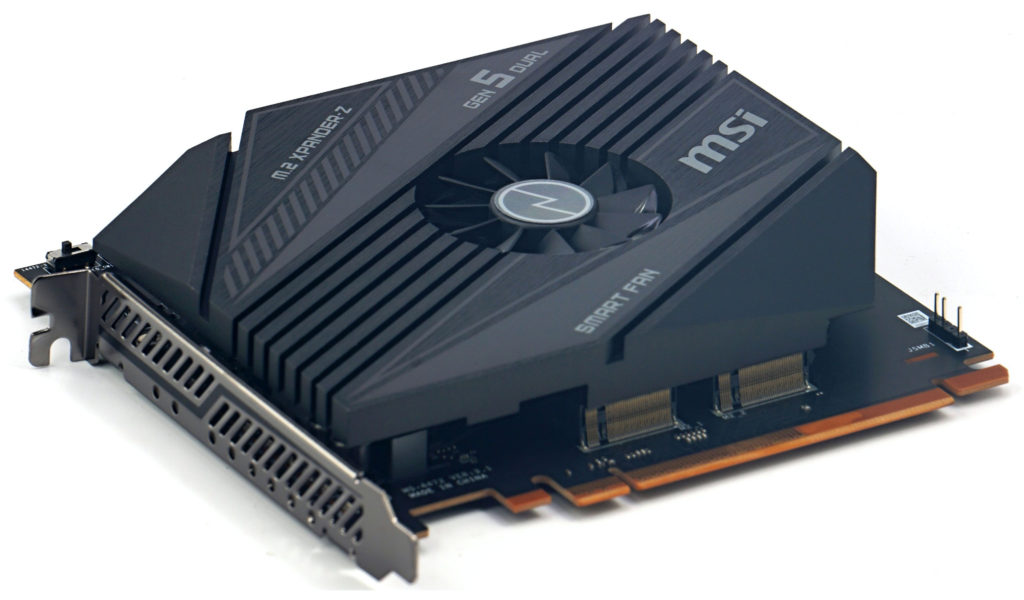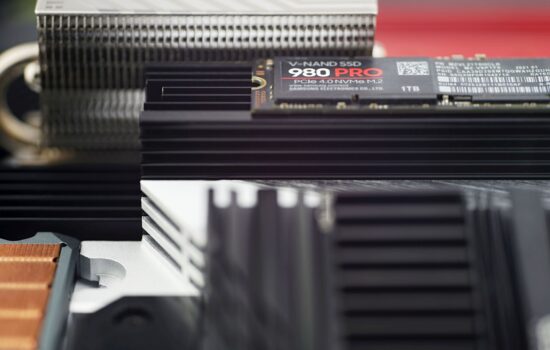MSI MEG X670E Ace in detail
We haven’t tested modern motherboards for AMD platforms so far and all attention has been paid to boards with Intel chipsets. That will change now, at least for a while – more AMD X670(E) and B650(E) boards will be added to the tests, but the bar will be set high. We’re starting with MSI’s top-of-the-line MEG X670E Ace motherboard, which won’t be beaten by any other board “just like that”.
Motherboards on the new AMD platform (AM5) have been available since September and thus came less than a year after the alternative Intel LGA 1700 boards, of which we have already tested twelve in detail. We will build up a similar database for AMD chipset motherboards over time. And maybe even bigger, as there are more different AMD chipsets (and it won’t be different even after the January release of Intel B760), X670, X670E, B650 and B650E.
We have discussed the differences in features between the chipsets in a separate article. For the purposes of the MSI MEG X670E Ace tests, we will just state that the X670E chipset, on which I built, consists of two chips (+ “north bridge” in the processor) and it is the most feature-rich variant of all. And the MSI MEG X670E Ace motherboard makes very good use of these options.
| Parameters | MSI MEG X670E Ace | |
| Socket | AMD AM5 | |
| Chipset | AMD X670E | |
| Format | E-ATX (305 × 277 mm) | |
| CPU power delivery | 25-phase | |
| Supported memory (and max. frequency) | DDR5 (6666 MHz) | |
| Slots PCIe ×16 (+ PCIe ×1) | 3× (+ 0×) | |
| Centre of socket to first PCIe ×16 slot | 86 mm | |
| Centre of socket to first DIMM slot | 56 mm | |
| Storage connectors | 6× SATA III, 4× M.2 (1× PCIe 5.0 ×4: 60–80 mm + 2× M.2 PCIe 4.0 ×4: 60–80 mm + 1× PCIe 4.0 ×4: 80–110 mm) | |
| PWM connectors for fans or AIO pump | 8× | |
| Internal USB ports | 2× 3.2 gen. 2×2 type C, 1× 3.2 gen. 2×2 type C, 4× 3.2 gen. 1 type A, 4× 2.0 type A | |
| Other internal connectors | 1× TPM, 3× ARGB LED (5 V), 1× RGB LED (12 V), jumper Clear CMOS, 1× 6-pin (Quick Charge USB-C), 2× thermal sensor (2-pin), Water Flow, V-check point | |
| POST display | yes | |
| Buttons | Start, Reset, Flash BIOS, Clear CMOS, BIOS switch, ARGB LED switch, „Smart“ | |
| External USB ports | 2× 3.2 gen. 2×2 type C, 1× 3.2 gen. 2 type C (with DP support), 8× 3.2 gen. 1 type A | |
| Video outputs | 1× DisplayPort 1.4 (via USB-C) | |
| Network | 1× RJ-45 (10 GbE) – Marvell AQC113CS-B1-C, WiFi 6E (802.11 a/b/g/n/ac/ax), Bluetooth 5.2 | |
| Audio | Realtek ALC4082 (7.1) | |
| Other external connectors | – | |
| Manufacturer's suggested retail price | 701 EUR |
MSI MEG X670E Ace
MSI’s “Ace” series of motherboards has been gaining a lot of features between generations, and it could be noted that it has gradually jumped to a completely different class (than it was once in, for example, with the Z390 Ace). It’s a big jump from the X570 Ace, too. MSI MEG The X670E Ace is an elite motherboard with everything that goes with it, and overall it outshines even the older X570 Godlike from the higher-end lineup.
Compared to the X570 Ace, the board has grown in size, the X670E Ace is now E-ATX format. It is as much as 277 mm wide (i.e. extra 33 mm compared to ATX boards). This board will fit in many cases, but make sure that in yours, the motherboard’s PCB will not overlap the cable grommets.
Although it is a large board, the distance between the CPU socket and the first PCI Express ×16 slot is quite small. From the center of the CPU socket to the center of the PCIe slot, it is 86 mm. Some boards have as much as a centimeter more. This smaller spacing is here also because MSI doesn’t use the space above the PCIe slot to accommodate the M.2 slot, as motherboard manufacturers often do. However, even this layout shouldn’t affect compatibility with larger dual tower coolers. These will fit, but removing the graphics card from underneath will be more difficult due to less space. Especially when the X670E Ace only has a simple latch that you have to press directly on the slot. A similar mechanism to Asus’s Q-release with an unlatch button in an easy-to-reach location would be useful here.
From the back side, the board has a protective sheet that overlaps a large part of the PCB area: I deliberately do not refer to this as a “backplate”, because that is separate from this sheet. After removing the large cover, which is useful mainly to protect the PCB from scratches and also to reinforce it a bit, there is then something else to which the term backplate fits better. Namely a metal “L” profile into which the VRM heatsinks are screwed. This aluminium plate also absorbs heat, as it is in contact with the PCB via thermal pads.
The heatsink on the other side, which is directly in contact with the housing of the voltage regulators and coils, is designed very sensibly – effectively. There are thin fins stacked on a sturdy base, and there are really quite a lot of them. The emissive area is so huge, and a heatpipe is also used for better heat distribution, which makes efficient use of parts of the heatsink, under which the voltage regulators don’t heat up as much (as elsewhere).
And speaking of those voltage regulators: MSI reached for the Infineon TDA21490. The current load per phase is 90 A. But the board has so many phases (25) that all of them do not fit completely into the thermal image from the usual shorter distance. The total current capacity is thus 2250 A, while for the CPU it is 1980 A. Considering the PPT for the most powerful of the Ryzen 7000 processors (Ryzen 9 7950X), 230 W, such a design is also suitable for massive overclocking. Via PBO, but also manually, for enthusiasts. On the X670E Ace it is also possible to activate an LN2 mode for extreme overclocking. For completeness it should be added that the control chip of the power delivery is the Infineon XDPE192C3B.
The layout of some elements of the motherboard is quite unusual. For example, two 8-pin power connectors for the processor are located on the top right, and the first M.2 slot for SSDs fits between the 24-pin ATX connector and the DIMM slots (for DDR5 memory). The slot supports PCI Express 5.0 and has a heatsink with a latch on it, which doesn’t require a screwdriver. The heatsink has a sliding mechanism on the top to release it.. On the bottom, it is held in place by two tabs resting on “U” shaped grooves.
Then, the board has three more M.2 slots. These are no longer brought out from the CPU, but from the south bridge of the chipset. All of them support PCIe 4.0 (but none of them SATA) and SSDs at least up to 80 mm in length. You can also fit an SSD with an above-standard length of 110 mm into the bottom one (M.2_4). This slot has a heatsink with integrated ARGB LED lighting that connects via a fixed (cableless) proprietary connector.
There are a lot of options on the MSI MEG X670E Ace that cheaper boards usually lack. One of them is a central switch for ARGB LEDs, right next to it is a switch between the two BIOSes you can have on the board. To better control the temperature of any part, two temperature sensors can also be attached to the board, which will report in the motherboard monitoring applications.
There are two internal USB-C 3.2 gen. 2×2 connectors, both with power delivery support. So you can eventually power a laptop on the more low-power side from the front panel of the computer case. In order for this to work, you need to connect the 6-pin connector next to the 24-pin ATX connector. You will use a PCIe connector for this, the same connector that is used for external graphics card power. It should be noted, however, that the case cabling must be suitably adapted for the higher current load. With inadequate wiring, you will not get to the specified 60 W.
External connector configuration includes up to three USB-C ports. Two of them are 20-gigabit (standard 3.2 gen. 2×2) and one 10-gigabit (3.2 gen. 2) which supports DisplayPort 1.4. There’s no other video output on this board. Though there is room for up to eight fast USB Type-A ports with the 3.2 gen. 2 standard. MSI has not brought the slower (3.2 gen. 1) and slow (2.0) ones externally to the rear panel. Instead, two SMA connectors for WiFi antennas are brought out, and the full lineup includes a number of audio jacks (five 3.5mm jacks and optical S/PDIF). The audio adapter is built on a Realtek ALC4080 chip and an ESS ES9280AQ DAC/HPA.
Among the things that we can boldly describe as above-standard and rare is the 10-gigabit Ethernet (Marvell AQC113CS-B1-C adapter). And what’s the “Smart” button for? That’s up to the user. Various functions can be assigned to it. In addition to motherboard reset, there is also “Safe Boost”, “Turbo Fan” and it can also be an illumination switch.
The most prominent illumination (with the dragon logo) is on the cover between the VRM and the motherboard’s external connectors. The text “Ace” is then illuminated on the bottom SSD heatsink, and the chipset heatsink has an illuminated triangle to symbolize the MEG product class.
We almost forgot about the PCI Express ×16 slot expansion card for connecting two M.2 SSDs in all formats, from 40 to 110 mm.
Only PCIe SSDs are supported (including the expected fifth-generation models with this interface), and due to the large, 390-gram heatsink with active cooling, it can handle high SSD loads even under adverse conditions (weaker system cooling, higher ambient air temperature, etc.). But the fan can always be turned off, there’s a switch on the card for that too. There are temperature sensors under each slot to monitor the SSD surface temperature.
- Contents
- MSI MEG X670E Ace in detail
- What it looks like in the BIOS
- Methodology: Performance tests
- Methodology: How we measure power draw
- Methodology: Temperature and frequency measurements
- Test setup
- 3DMark
- Borderlands 3
- F1 2020
- Metro Exodus
- Shadow of the Tomb Raider
- Total War Saga: Troy
- PCMark and Geekbench
- Web performance
- 3D rendering: Cinebench, Blender, ...
- Video 1/2: Adobe Premiere Pro
- Video 2/2: DaVinci Resolve Studio
- Graphics effects: Adobe After Effects
- Video encoding
- Audio encoding
- Photos: Adobe Photoshop, Affinity Photo, ...
- (De)compression
- (De)encryption
- Numerical computing
- Simulations
- Memory and cache tests
- M.2 (SSD) slots speed
- USB ports speed
- Ethernet speed
- Power draw without power limits
- Power draw with power limits
- Achieved CPU clock speed
- CPU temperature
- VRM temperature – thermal imaging of Vcore and SOC
- SSD temperature
- Chipset temperature (south bridge)
- Conclusion





